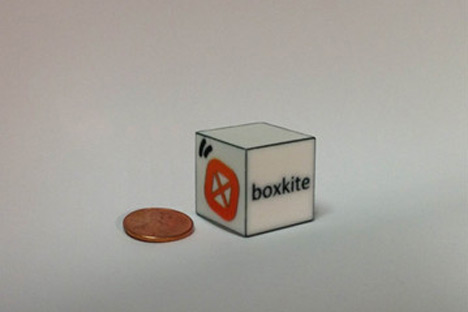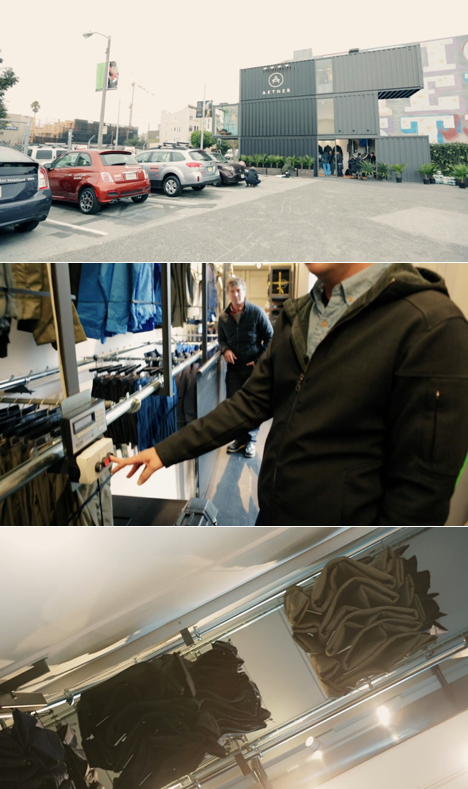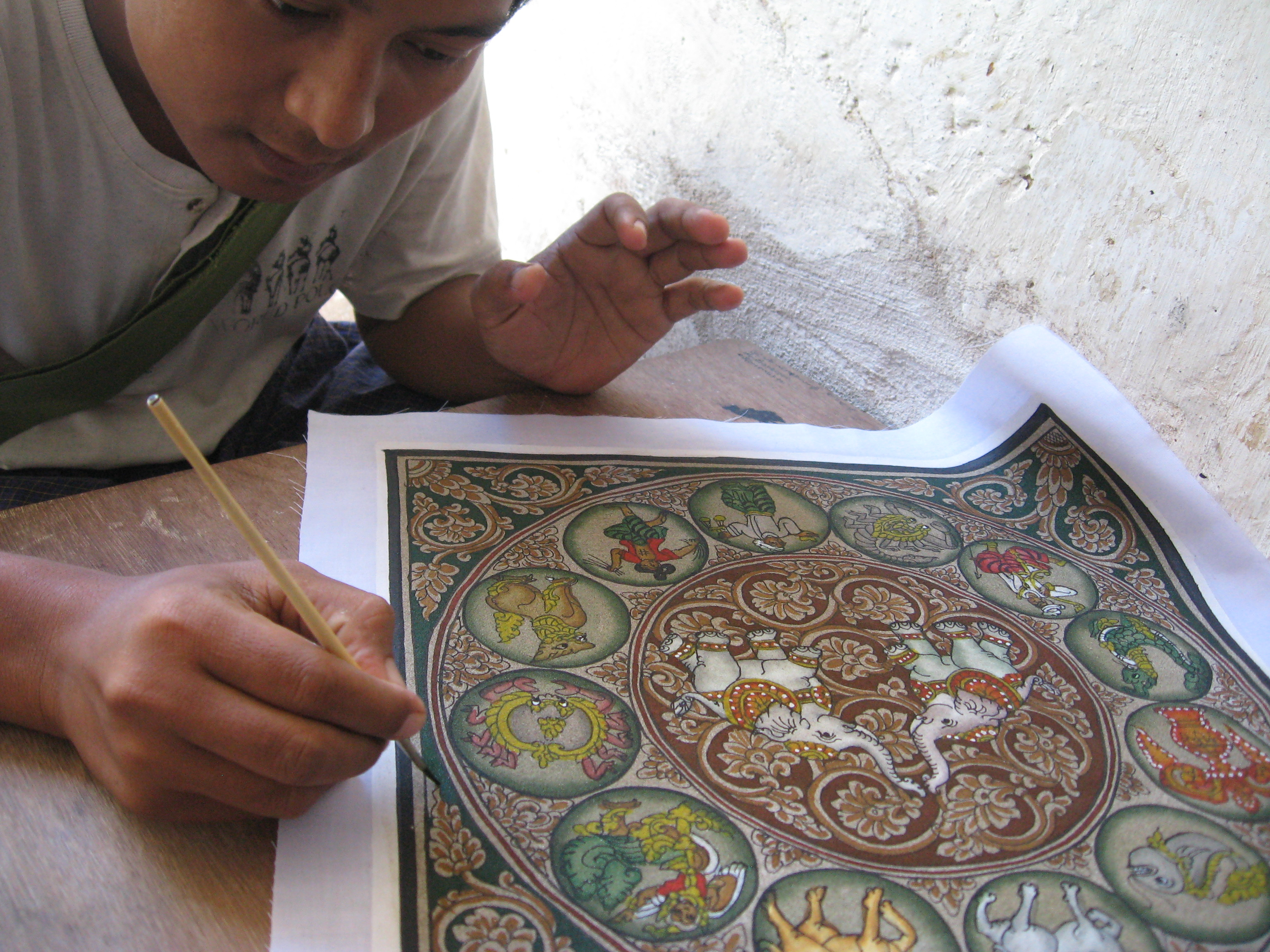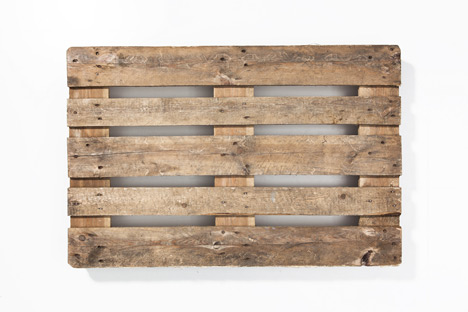![sand_painting_seas_detail.jpg]()
In my travels, I've seen a lot of crap for sale. Every point of interest has at least one spot that is crammed with some sort of object to entice you, the visitor, to spend money. Invariably, these objects are products. That is...no one is going to try to sell you a bag of Cambodian cotton while you visit a Cambodian temple, expecting you to spin it into yarn and then weave it yourself. They want to sell you a T-shirt, a scarf, a bag...something with immediate, usable value. They have taken the time to turn a material, cotton, into a product—T-shirts. Preferably a T-shirt that announces the awesomeness of your visit, such that you are glad to part with your money.
But many merchants sell their wares in the equivalent of bales and sacks, turning their products back into materials. What I've seen is that products become...well...commoditized. Travelers become numb to them, and there is much, much more supply than demand. What travelers really crave are experiences. Authentic interactions, a great story, a moment with a local; those are the things that travelers really will take home. Experiences can be made into products, of course. Tours, great hotels and restaurants take products and experiences and serve them to consumers in a (hopefully) reliable way.
But the level of entry to these experiences is hard for many locals to achieve. Restaurants take capital, planning and, often, government connections. But with some education, I think there are many ways for locals to enhance their product offerings to differentiate them and improve their connection with their markets. I've seen a few in my wanderings in the last few months. I hope that they can help define the porous boundaries between material, products and services. Exploring these borders can help us all think about the work we do and the services we offer.
While in Bagan, Myanmar, I saw several temples plazas that housed seas of cotton fabric with beautiful, intricate sand paintings. I stopped to admire them...some are based on the amazing designs slowing fading into invisibility on the interior temple walls. Here they are, in bright relief, remade for us! Others are trite design motifs that seem to reappear in various incarnations across many Southeast Asian countries: monks walking in a line with parasols, ladies with pots balanced on their heads. The issue I have, is that while they are putting tremendous effort and skill into their product, their products still look like raw materials. Arrayed across the temple plaza stones, they weigh their fabric down with rocks to keep them from blowing away. Equal thought is not going into the presentation.
![sand_painting_seas.jpg]()
I stopped to talk with one of the artists as he gave me his pitch—the sand paintings were durable—you could crumple them in your bag, get them wet even, and they stayed intact. While he spoke, he proceeded to crumple up one of his pieces, and pour water on it! I appreciated that his work might actually make the trip home in my backpack fully intact. On the other hand, I was somehow doubtful all the creases would ever come out. Either way, I feel like his product presentation didn't have the intended effect—I wasn't sold.
Product merchandising is so important...many merchants have a more-is-more approach, stuffing their stalls with products and many multiple versions of products...leaving little to the imagination. Others give their products a bit of room to breathe, and it can have the effect of drawing the eye in, and also elevating the perceived value of the product. Pairing products, or displaying them so I can imagine them in use can be really helpful. While I was walking the side streets of Battambang, Cambodia, I passed this boutique that paired sunglasses with their sweaters.
![merchandising.JPG]()
I felt like the sand artist could take an extra step and help me out—I was going to have to take it home, mat and frame it. They could have some of them framed to help me visualize the right use of his product and guide me towards purchase more easily. It may be a material now—but here it is as a product!
(more...)![]()


























 "BalloonBikes" by Marcus Burnam
"BalloonBikes" by Marcus Burnam




























